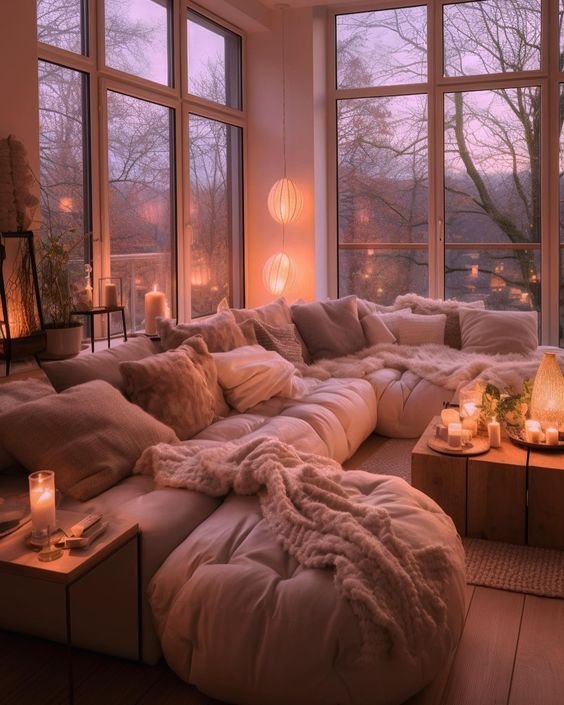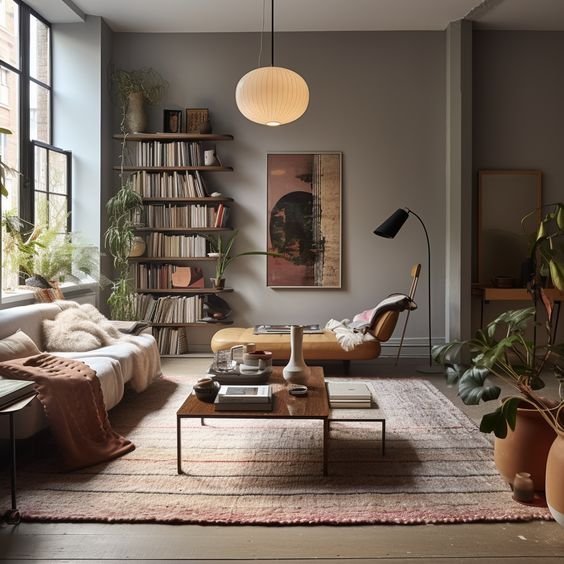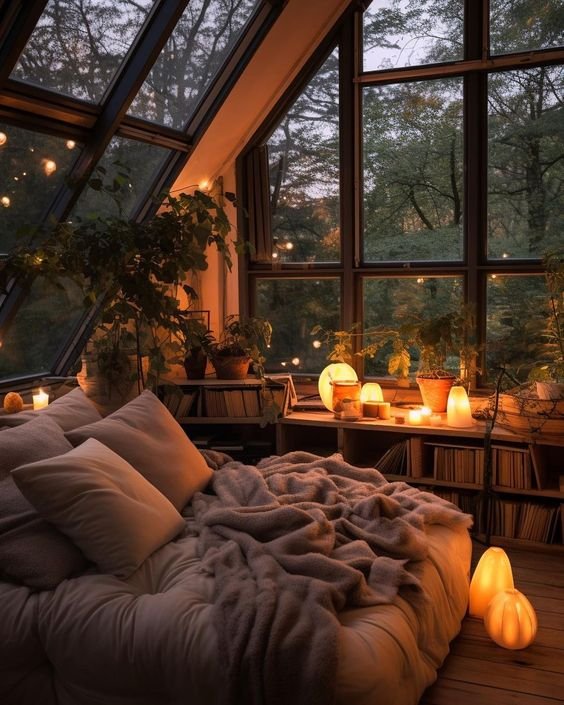The art of light: a guide to living room lighting
Today's article is dedicated to the challenging topic of living room lighting. Light plays a key role in the design of a room. Optimal lighting conditions create a pleasant atmosphere for the room.
Understanding lumens and kelvins
Let's start with the technical aspects: Lumen and Kelvin. Lumen indicates how much light is emitted by a light source per second. The higher the lumen figure, the brighter the light source. It is important to note that lumens measure brightness regardless of the color of the light. For example, a light bulb with 800 lumens will appear just as bright regardless of whether it emits warm white or cool white light. When selecting light sources for different rooms, the specification in lumens is useful information for achieving the desired brightness.
Kelvin describes the color temperature. For the living room, we aim for a balanced mix of brightness and warmth. In general, 1,500 to 3,000 lumens are ideal for a cozy atmosphere in the living room.
Layering the lighting
The art lies in layering the lighting. Three main types should be considered: Diffused light in the form of a ceiling light, accent light such as wall lights, table lamps or fairy lights and directional light such as the reading lamp or task light. By cleverly combining these layers, you can create a multi-layered, inviting environment.
Ceiling lights for a bright base
Ceiling lights are usually the basis of living room lighting. Choose a central lamp with sufficient lumens to illuminate the room evenly. Dimmable options are ideal for adjusting the brightness to suit your mood.
Accent light for atmosphere
Accent lighting sets beautiful accents and creates a warm atmosphere. Wall lights, floor lamps, fairy lights and candles are ideal for illuminating dark corners and creating visual interest. A cozy atmosphere is usually only created with one or more accent lights.
Directed light for functionality
Last but not least is the directional light. This can be a table lamp for the reading corner or a task light for the home office. Make sure that the light is sufficient to support the specific tasks but does not flood the entire room.
Conclusion
Getting the lighting right in the living room is an art, but it's crucial to bringing the room to life. By understanding lumens and Kelvin, or layering the lighting and choosing the right lamps, you can create an atmosphere that is not only functional but also aesthetically pleasing.
I hope these tips will help you transform your living room into a shining masterpiece.





